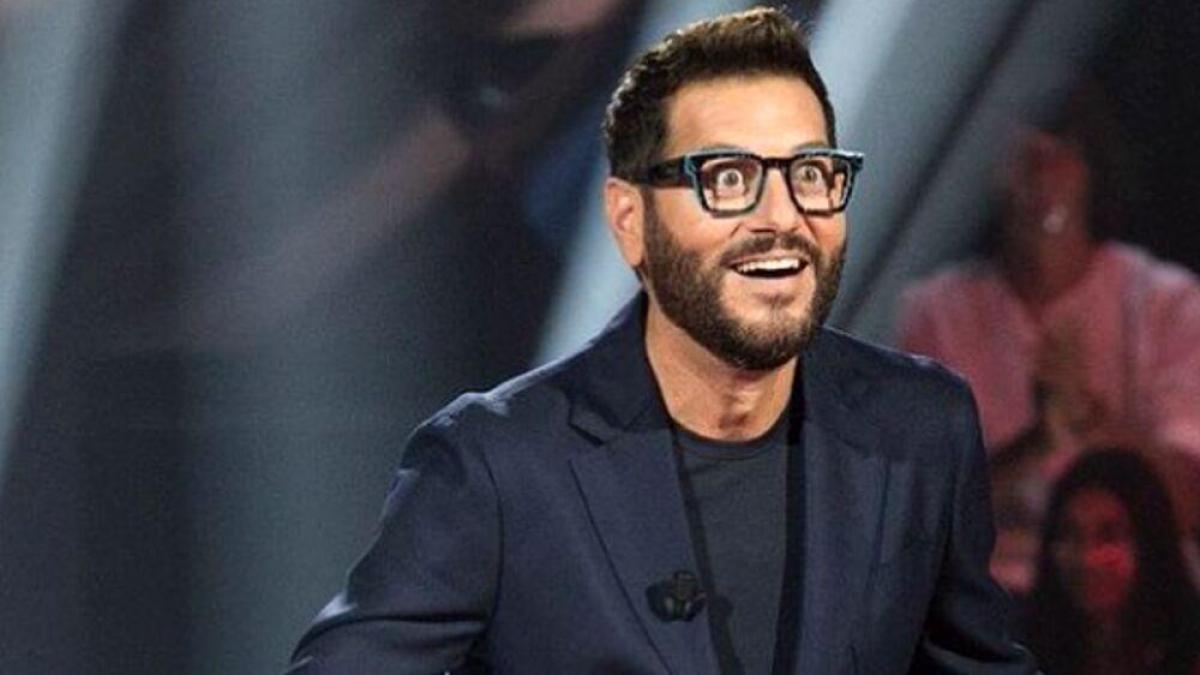At the last summit held in Brussels in December, Italian Prime Minister Giorgia Meloni stressed the need to create new “special resources” for the European Union. But what is it? Some, especially on the right, call them “European taxes.” In fact, these are resources that the Union puts into cash directly without prejudice to the contributions of Member States, which today constitute the bulk of the Community budget (more than 70%).
The Commission wants to increase the multi-year budget (covering the period 2021-2027) to support Ukraine, but also to finance the growing interests of the 27 National Resettlement Plan and also to allow the signing of new agreements on migrants, such as with Tunisia and Albania, which are dear to the Meloni government.
But how can the EU budget be increased? There are basically three options. Either increase member states' contributions (based on gross national income), reorganize expenditure items to remove money from one part and put it in another, or increase own resources.
Of course, national executives have different preferences. Germany and other “frugal” nations want the money to implement the new priorities by taking money allocated to the Common Agricultural Policy (CAP) or Cohesion Policy, which provides support to the most backward regions. On the other hand, Paris is struggling against downsizing the Common Agricultural Policy, while Rome does not want to lose two important “electoral strongholds” such as the farmers and the south. Hence the Prime Minister's passion for a new generation of European taxes.
How many euro taxes are there?
Until now, European taxes include a series of taxes collected directly by Brussels. One of these concerns the emissions trading system, i.e. the CO2 emissions trading quota system, under which the Commission would like to increase (from 25% to 30%) the percentage that ends up in the EU coffers at the expense of that paid to member states (which will decrease Therefore, from 75% to 70%.
Then there are customs duty revenues and those generated from the collection of value-added tax. Finally, the proposal for a carbon fee, which would apply to imports from the EU of particularly polluting products from third countries, is still on the table. Brussels estimates it could earn up to $1.5 billion a year from the measure alone between 2024 and 2028, although there is only one version of it in operation so far. transient.
Private resources have also gained increasing importance during the pandemic, with Brussels using them to finance the next generation EU. The scheme is simple: the Commission goes into debt by issuing securities on the markets and passes the money obtained to the states to implement the Pnrr.
Strasbourg proposal
But this debt must be repaid, and so the European Chamber proposed imposing four new European taxes last May. MEPs said they were “deeply concerned” that the amounts generated by the new private resources would not be sufficient to cover all payments and borrowing costs for the next generation, which are estimated at at least 15 billion euros per year until 2058.
Among the new European taxes is a tax on large companies that provide a “common tax base” across the EU, the revenues of which will then be distributed among member states using a split model. The second tax will be on cryptocurrencies, while a third tax will be imposed on financial transactions that take place within the union. Finally, the representatives are talking about a “moral” tax, that is, a tax on those foreign companies that pay workers’ wages below the poverty line and then export their products to Europe.
Committee requests
The following month, in June 2023, the Commission presented its proposal to increase the bloc's own resources by 75 billion euros, divided as follows: 50 billion to support Kiev, 15 billion to once again outsource the management of migration flows and 10 billion for structural aid. Investments in deep technology, clean technologies and biotechnologies (to enhance so-called European “strategic autonomy”).
This is money in addition to the $1,824.3 billion agreed by the 27 countries in 2020, in the midst of the pandemic: $1,074.3 billion from the budget (Multiannual Financial Framework, or MFF) and $750 billion from Next Generation EU to finance the recovery after the Covid-19 crisis. Von der Leyen said that injecting new liquidity was necessary to face the new challenges that have emerged in recent years.
Among these challenges, the first is to support Ukraine: not only replenishing Kiev's budget, but also laying the foundations for reconstruction. Of the fifty billion that the Authority wishes to allocate for this purpose, only a small portion of it will be provided in the form of non-repayable grants, while the rest will be allocated in the form of loans. As with the Pnrr programme, Ukraine will need to demonstrate progress on reforms in order to receive the tranches of payments to which it is entitled from time to time.
At least that's the idea. After that, the reality may be more complicated, given that Hungarian Prime Minister Viktor Orban backed down last December and managed to block the disbursement of additional aid to Kiev, at least for the time being. This causes some headaches in Rome as well, since, as we said, in the EU budget review, the allocations for Ukraine and the allocations for migrants are closely linked.
In short, it is not a simple game, which member states have to solve again to the last penny.

“Coffee fan. Tv specialist. Social media aficionado. Zombie geek. Evil analyst. Web expert.”







More Stories
Argentina, Cristina Kirchner attacks Miley, anarcho-capitalism – breaking news
Smart Speed Bumps, Now You'll Avoid Lots of Fatalities: Here's How They Work | seeing is believing
A city in Japan can no longer handle the tourists who come to photograph Mount Fuji